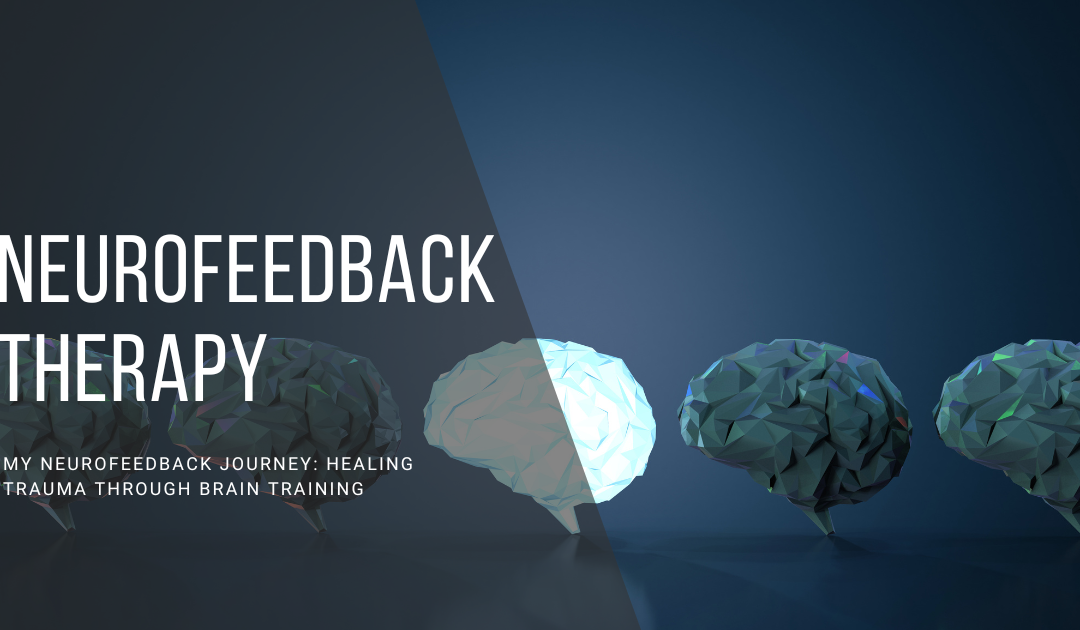As a trauma survivor, I’ve embarked on a deeply personal quest to find healing and solace from the pain of my past. Over the years, I’ve explored numerous forms of therapy, each offering its unique insights and progress. Some of the modalities that I’ve experienced great breakthroughs with are Cognitive Behavior Therapy (aka talk therapy), Eye Movement Desensitization and Reprocessing (EMDR), psychodrama, Internal Family Systems (IFS), and Dance Therapy to name a few.
This week, I’m excited to share that I’ve embarked on a new avenue of healing: Neurofeedback. After hearing how effective this form of therapy has been for several people that I know, I began researching it to see if it would be good for me. This post marks the beginning of documenting my Neurofeedback journey, aiming to educate and inspire others who may be seeking alternative paths to recovery. For real-time updates, follow my journey on Instagram and YouTube.
What is Neurofeedback?
Neurofeedback, also known as EEG biofeedback, is a cutting-edge therapy that harnesses the power of neuroplasticity to improve brain function and alleviate various mental health challenges. It’s a non-invasive technique that involves training the brain to regulate its activity by providing real-time feedback. By observing brainwave patterns, individuals can learn to self-regulate and achieve improved mental states.
The Process: From Brain Mapping to Progress Assessment
Initial Brain Mapping:
My journey with Neurofeedback will begin with a comprehensive brain mapping session. This initial step involves placing sensors on my scalp to record my brain’s electrical activity. The data collected helps create a baseline of my brainwave patterns, highlighting areas that may need attention. This step is crucial as it guides the customized Neurofeedback training plan.
Neurofeedback Sessions:
Following the brain mapping, I will embark on a series of Neurofeedback sessions. During each session, I will watch a show or movie as the sensors monitor my brain activity for about 30 minutes. Positive reinforcement, such as visual and auditory cues, will be provided whenever my brain entered desired states. Over 20 sessions, I will gradually train my brain to shift into healthier patterns of activity, fostering a sense of calm and balance.
Follow-Up Brain Mapping:
After completing the 20 sessions, I will undergo another brain mapping session to evaluate the progress I’ve made. This follow-up assessment will objectively measure the changes in my brainwave patterns and help determine the effectiveness of the Neurofeedback therapy. I am eager to see how my brain’s response to the training reflects my emotional and psychological healing.
Scientific Research: Validating Neurofeedback’s Credibility
Neurofeedback has roots dating back several decades. Originating in the mid-20th century, early instances of neurofeedback include the pioneering work of psychologist Joe Kamiya, who explored “alpha feedback” in the 1960s. Kamiya’s research involved training individuals to control their alpha brainwaves, associated with relaxation and wakefulness.
The term “neurofeedback” gained traction in the following decades, coinciding with technological advancements that facilitated more sophisticated measurement and feedback systems. As research progressed, neurofeedback expanded beyond alpha waves, encompassing various brainwave types like beta, theta, and delta.
A noteworthy milestone occurred in the 2016 study published in the Journal of Clinical Psychology, revealing neurofeedback’s impact on trauma-related symptoms. This study epitomizes the extensive body of research validating neurofeedback’s efficacy for diverse conditions including anxiety, depression, ADHD, and trauma. This gradual accumulation of evidence underscores neurofeedback’s enduring credibility, substantiating its role as a potent therapeutic tool.
Despite its historical origins, the field of neurofeedback remains dynamic, continually incorporating advancements in neuroimaging technology and signal processing. As understanding deepens and applications diversify, neurofeedback solidifies its position as a lasting contribution to mental health interventions, a testament to the unwavering dedication of researchers and clinicians in unlocking the potential of the human brain.
Nevertheless, the quest to validate neurofeedback’s efficacy is an ongoing endeavor. The multidimensional nature of both the human brain and mental health conditions demands a nuanced approach to research. Factors such as individual variability, treatment protocols, and the integration of neurofeedback within broader therapeutic frameworks warrant continued exploration.
The credibility of neurofeedback rests on a foundation of scientific research that spans decades. The technique’s origins in scientific inquiry and its subsequent evolution reflect the tenacity of researchers and clinicians dedicated to unraveling the mysteries of the human brain. From its application in addressing anxiety and depression to its potential in mitigating trauma-related symptoms, neurofeedback’s promise continues to be substantiated by studies that underscore its transformative potential. As the scientific community persists in its exploration, neurofeedback emerges not as a fleeting trend but as a steadfast pillar in the realm of mental health interventions.
Anticipating the Results:
While I’m only at the beginning of my Neurofeedback journey, I can’t help but feel a sense of excitement and hope for the potential results that lie ahead. Based on the extensive research and testimonials from others who have experienced the transformative effects of Neurofeedback, I’m optimistic about the changes that could unfold in my own life. I aspire to cultivate a greater sense of emotional regulation, reduce the grip of traumatic triggers, and enhance my overall well-being. By retraining my brain’s responses through Neurofeedback, I hope to unlock new levels of resilience, empowering me to face challenges with greater clarity and strength. As I progress through the sessions and eventually undergo the follow-up brain mapping, I eagerly anticipate sharing the tangible results that Neurofeedback may bring, both for myself and for those who are curious about this remarkable therapy’s potential.
It’s important to note that while I embark on this Neurofeedback journey as a trauma survivor, this therapy has shown promise in addressing a variety of mental conditions. Neurofeedback has been explored as a potential avenue for managing anxiety, depression, post-traumatic stress disorder (PTSD), attention deficit hyperactivity disorder (ADHD), and even enhancing cognitive performance. However, it’s crucial to understand that I’m not a medical professional, and this is not advice tailored to individual needs. The suitability of Neurofeedback for a particular mental condition should be discussed with a qualified healthcare provider who can assess your unique circumstances and guide you towards the most appropriate treatment options. Every individual’s journey towards healing is personal, and while Neurofeedback may offer benefits to some, it might not be the ideal solution for everyone.
How Much Does Neurofeedback Cost?
I understand that addressing the financial aspect of this journey is crucial, given the awareness that therapy expenses can be challenging for many individuals. It’s important to acknowledge that, similar to various therapeutic approaches, Neurofeedback therapy does come with its own range of costs. In my situation, I’d like to openly discuss the financial commitment associated with my healing process through Neurofeedback.
The initial brain mapping session, which serves as the foundation for gathering baseline data, involves an investment of $750. This session is pivotal in understanding the starting point for my Neurofeedback journey. Additionally, the subsequent 20 sessions of Neurofeedback training are priced at $2,000 ($100 per session). This cost also covers the follow-up brain mapping session that evaluates the progress made.
It’s undeniable that this financial investment could be substantial for some individuals. However, it’s important to assess the potential benefits and the value that Neurofeedback therapy could bring to my overall healing process. While the financial aspect might be a genuine consideration for many, for me, the prospect of attaining elevated well-being and achieving emotional equilibrium makes this step a justifiable one.
I urge each person to delve into researching the specific costs tied to Neurofeedback in their region. Making an informed decision based on individual circumstances and priorities is key. The financial commitment might indeed be a significant factor to weigh, but for me, the possibility of unlocking new dimensions of wellness justifies embarking on this journey. It’s a personal choice that requires careful consideration, and I encourage everyone to take the time to evaluate the expenses within the context of their unique situation.
Conclusion:
As I embark on this remarkable journey of healing through Neurofeedback, I invite you to follow along on Instagram and YouTube. Through my documentation, I hope to shed light on the transformative potential of Neurofeedback as a complementary therapy for trauma survivors and anyone seeking to optimize their mental well-being. With its solid scientific foundation and personalized approach, Neurofeedback holds the promise of a brighter future, one where we take control of our brains and rewrite our stories of resilience and healing.
Feel free to contact me about my journey.




I’m impressed, I must say. Rarely do I come across a blog that’s equally educative
and engaging, and let me tell you, you’ve hit the nail on the head.
The issue is something which too few people are speaking
intelligently about. Now i’m very happy that I found this
during my search for something regarding this.